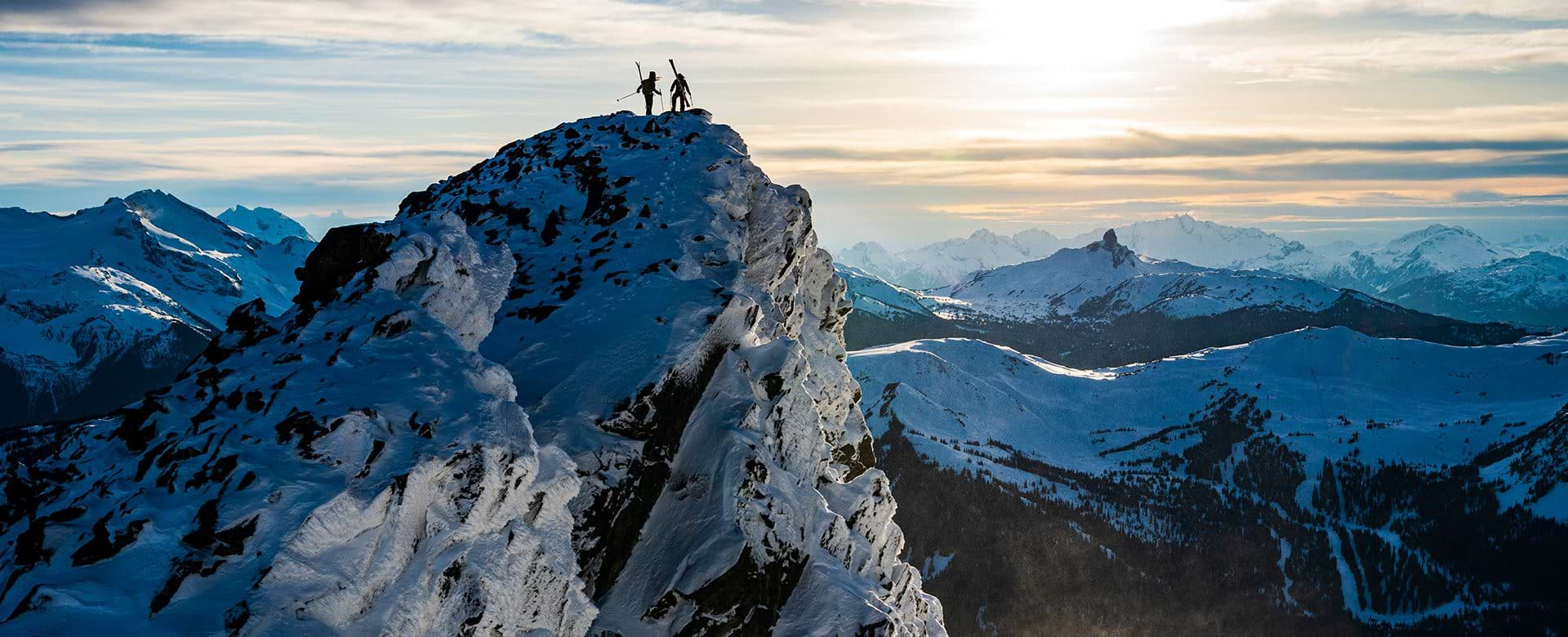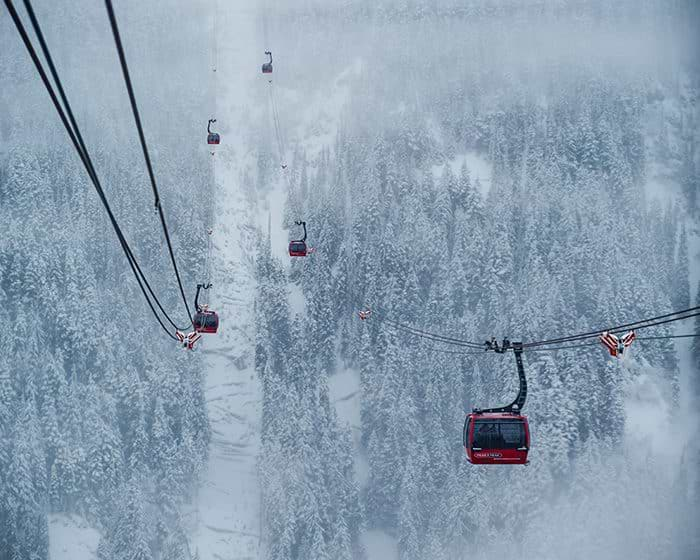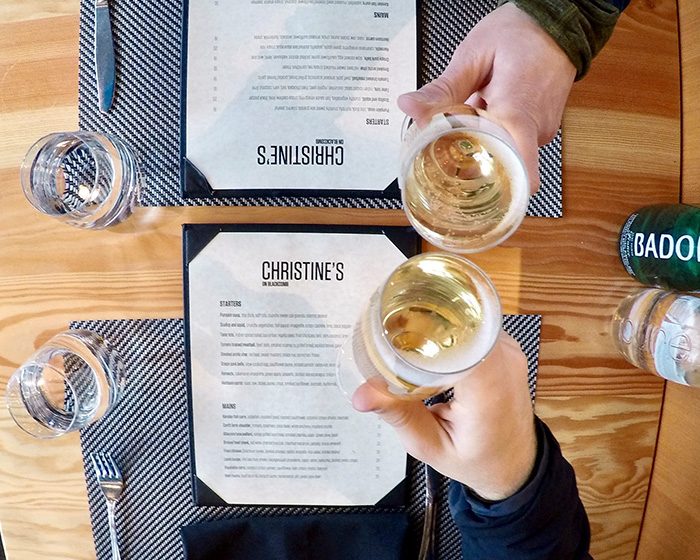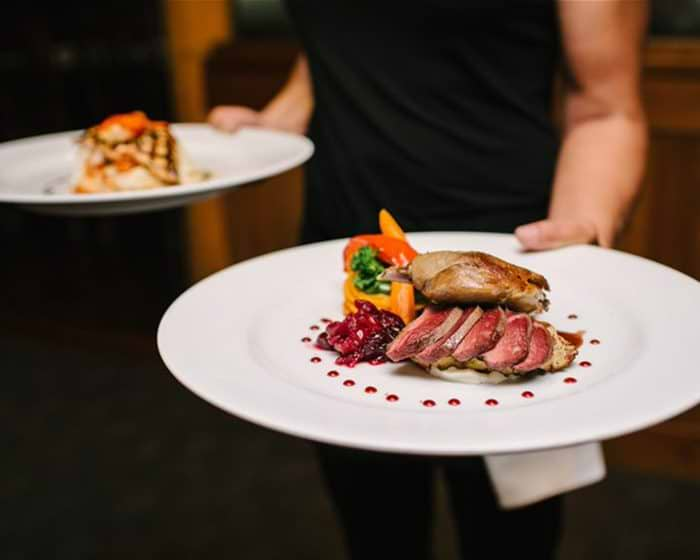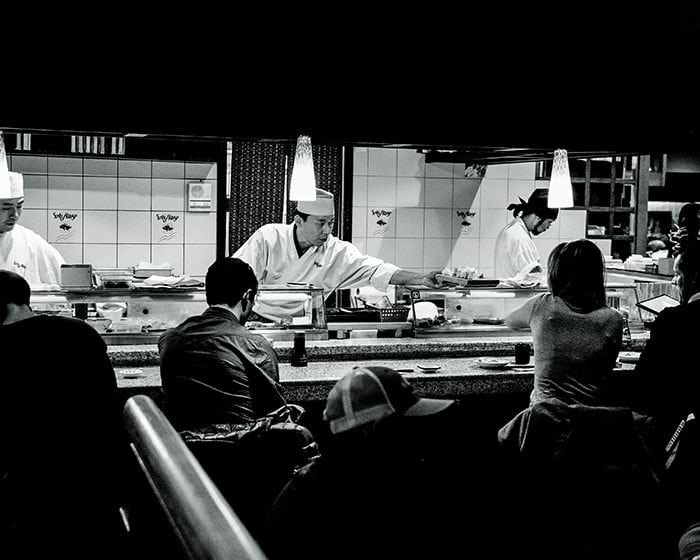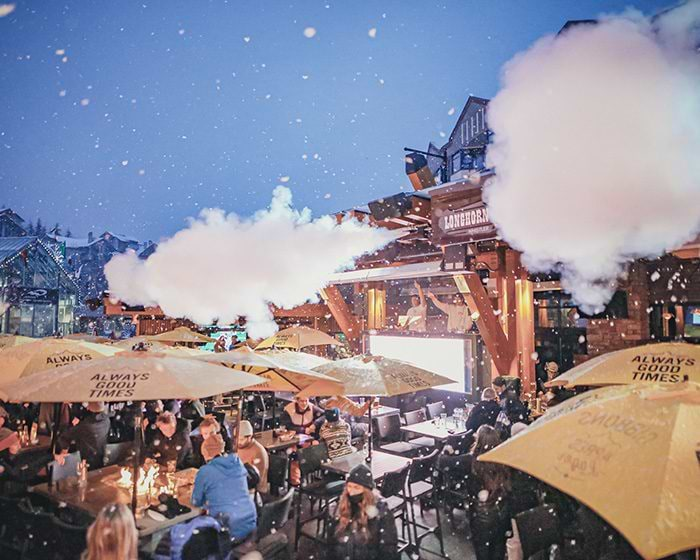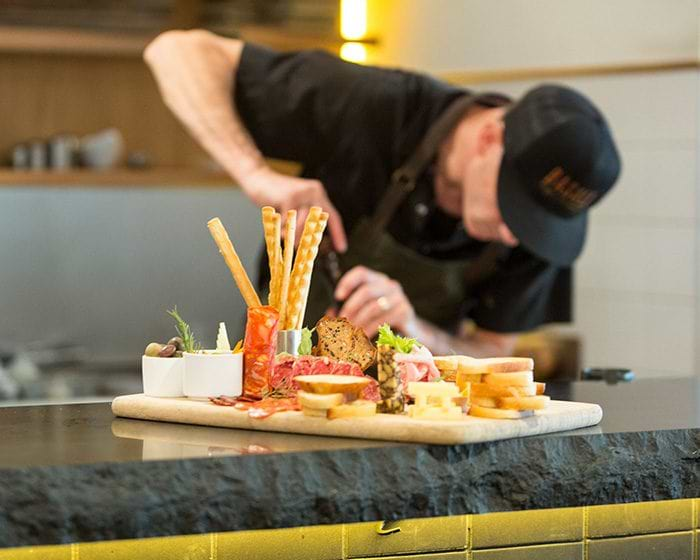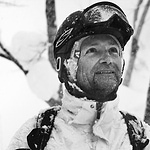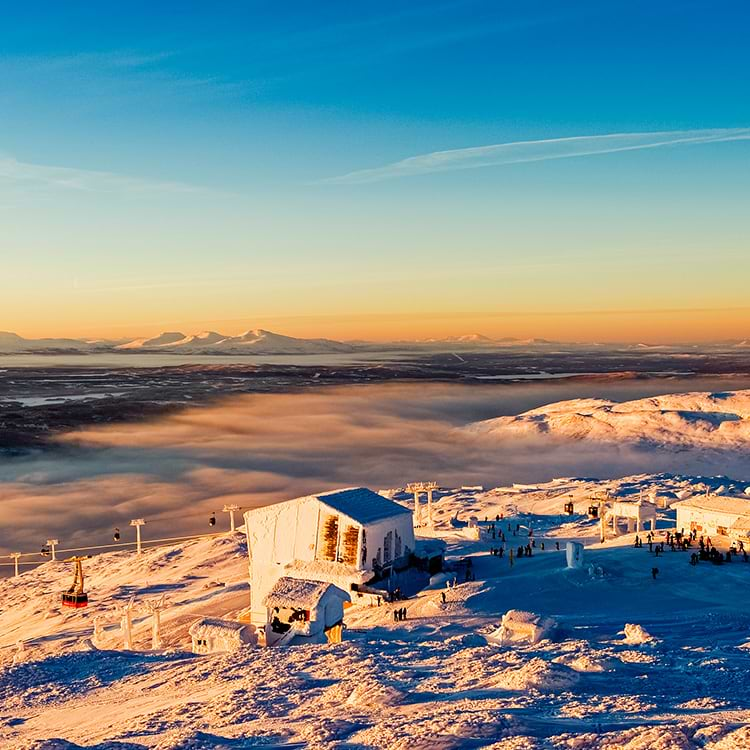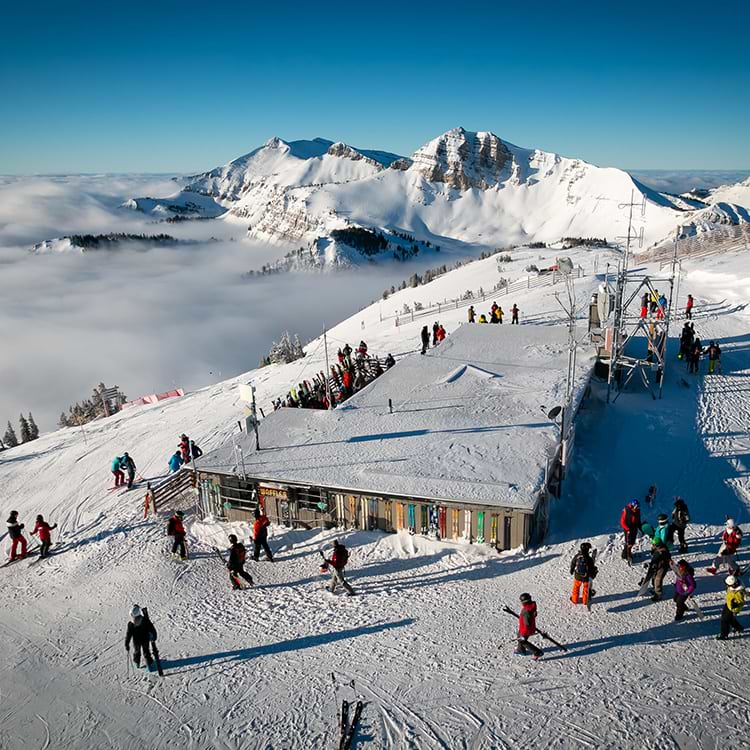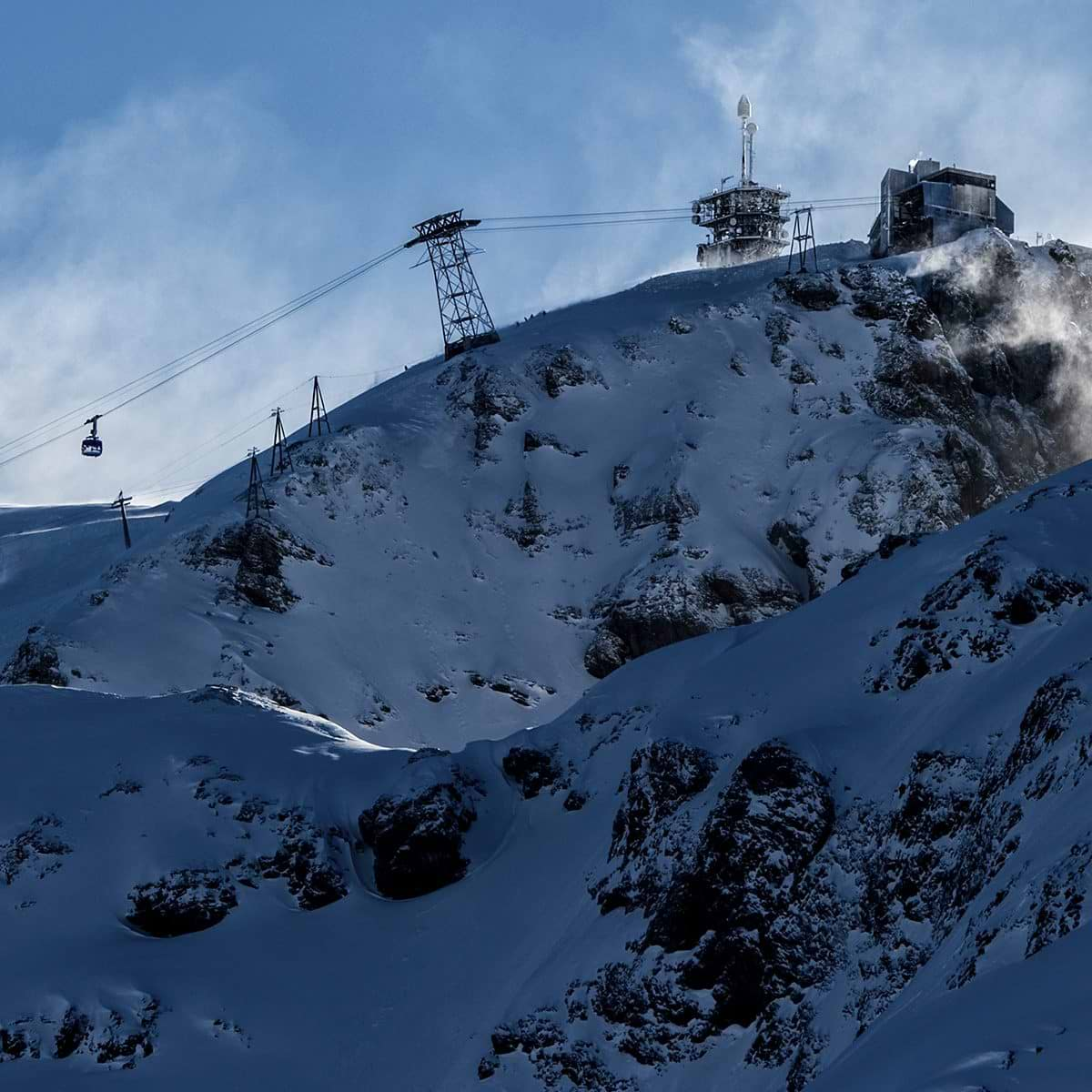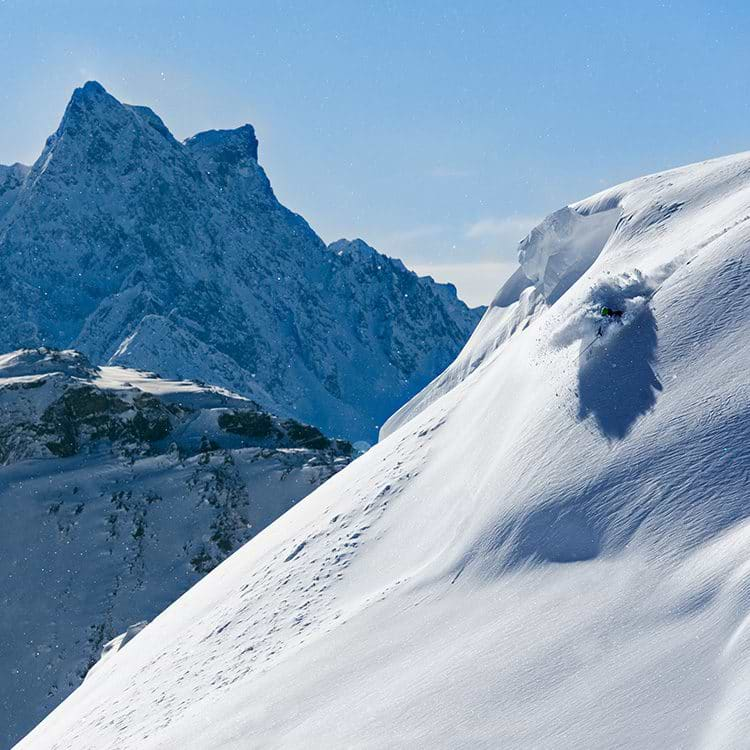Given the hyperbolic publicity it has received over the past three decades, there’s a danger that British Columbia’s Whistler Blackcomb colossus could become the most overrated ski resort on the planet. The truth, however, is that the size of these mountains, the access to glaciers and high alpine, the sheer scope and diversity of terrain, the spectacular setting, an abundance of snow, and the sheer range of activities, dining and nightlife combine to make Whistler an untouchable experience on the North American continent.
These two huge mountains are geologically and topographically different, so there’s a whole lot to learn about each. But that shouldn’t intimidate you — especially if you follow these hard-won tips from folks who’ve skied them for decades.
Sleep
Between big-city luxury hotel flagships (Four Seasons, Fairmont, Hilton, Westin, PanPacific etc.), and budget options like Pangea Pod Hotel (in the village) and Whistler International Youth Hostel (in Cheakamus Crossing), there exists an array of comfortable middle-range sleeps: Adara, Whistler’s first boutique hotel, Nita Lake Lodge, a wood-beamed masterpiece by the Creekside train station, and Whistler’s premiere B&B, Durlacher Hof, featuring authentic Euro ambience inside and out.
Other Stuff
If you already ski well but want to take it up a notch, local icon Extremely Canadian is the go-to for steep-ski clinics and off-piste adventure. Other guiding options include Whistler Alpine Guides and Altus Mountain Guides.
Whistler Blackcomb owns Whistler Heli-Skiing, but what you’ll find out there is nothing like the resort. Other backcountry options abound, but the majestic Spearhead Range, accessible by touring from both mountains, can get you a stay at the Kees and Claire Hut.
Legacies of the 2010 Olympic Winter Games are many and various: ice-skate and pose with the Olympic Rings at Olympic Plaza; take a 140-kilometre per hour bobsled run at Whistler Sliding Centre; cross-country ski 90 kilometres of meticulous trails at Whistler Olympic Park, where you’ll also see the Olympic Nordic ski jumps and Biathlon Stadium.
Ziptrek Ecotours will hang you from a belt and whisk you through the coastal rainforest on a steel cable at 80 kilometres per hour. If that doesn’t get your attention, Whistler Bungee will drop you 53 metres off a bridge above the glacier-fed Cheakamus River — even at night.
For spectacular architecture and First Nations art and culture, visit the Squamish Lil’wat Cultural Centre or Audain Art Museum. And don’t forget a trip to the renowned outdoor pools of the Scandinave, one of Whistler’s numerous spa facilities.
Don’t Miss
In-bounds hiking: off of Glacier Chair, make the short hike up Spanky’s Ladder to access Ruby, Diamond, Sapphire and Garnet Bowls — literally an entire ski area unto themselves. Likewise, a five-minute hike above Showcase T-bar gets you to Blackcomb Glacier; either make the spectacular 8-kilometre cruise back to Blackcomb’s lift network, or exit the resort via a gate to the glaciated backcountry of Garibaldi Provincial Park.
Just the Facts
British Columbia’s Coast Mountains rise abruptly from the ocean to over 3 000 metres, stopping moisture-laden Pacific storms in their tracks and dropping over 15 metres of snow annually above 1 800 metres, which accounts for the remnant glaciers at the ski area.
→ Skiable area: 8,171 acres (3,307 ha); 241 trails; 16 alpine bowls
→ Parks: 5 terrain parks, 1 superpipe, 1 snow-cross course
→ Longest run: each mountain boasts a run of 11 km
→ Terrain mix: 20%/50%/30%
→ Lifts: 32; capacity 69,939 skiers/hr
→ Average annual snowfall: 11.4 m (at 1,650 m)
→ Snowmaking coverage: 700 acres (284 hectares)
→ Whistler: vertical 1,530 m; top elevation 2,182 m
→ Blackcomb: vertical 1,609 m; top elevation 2,284 m
Getting there: From Vancouver airport, drive north 136 km on Hwy 99, (the Sea-to-Sky Highway) through jaw-drop ocean and mountain scenery. Snow tires are a must Oct.-April.
